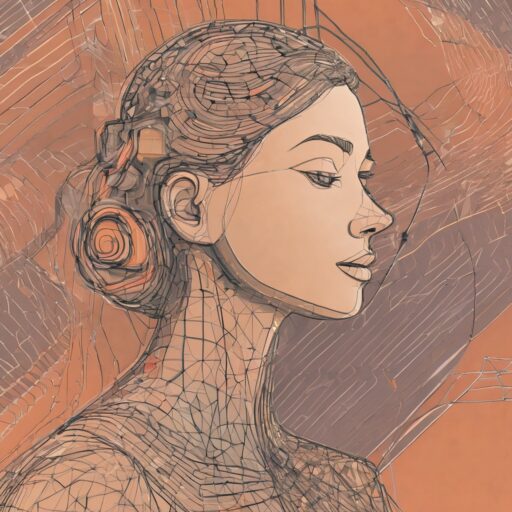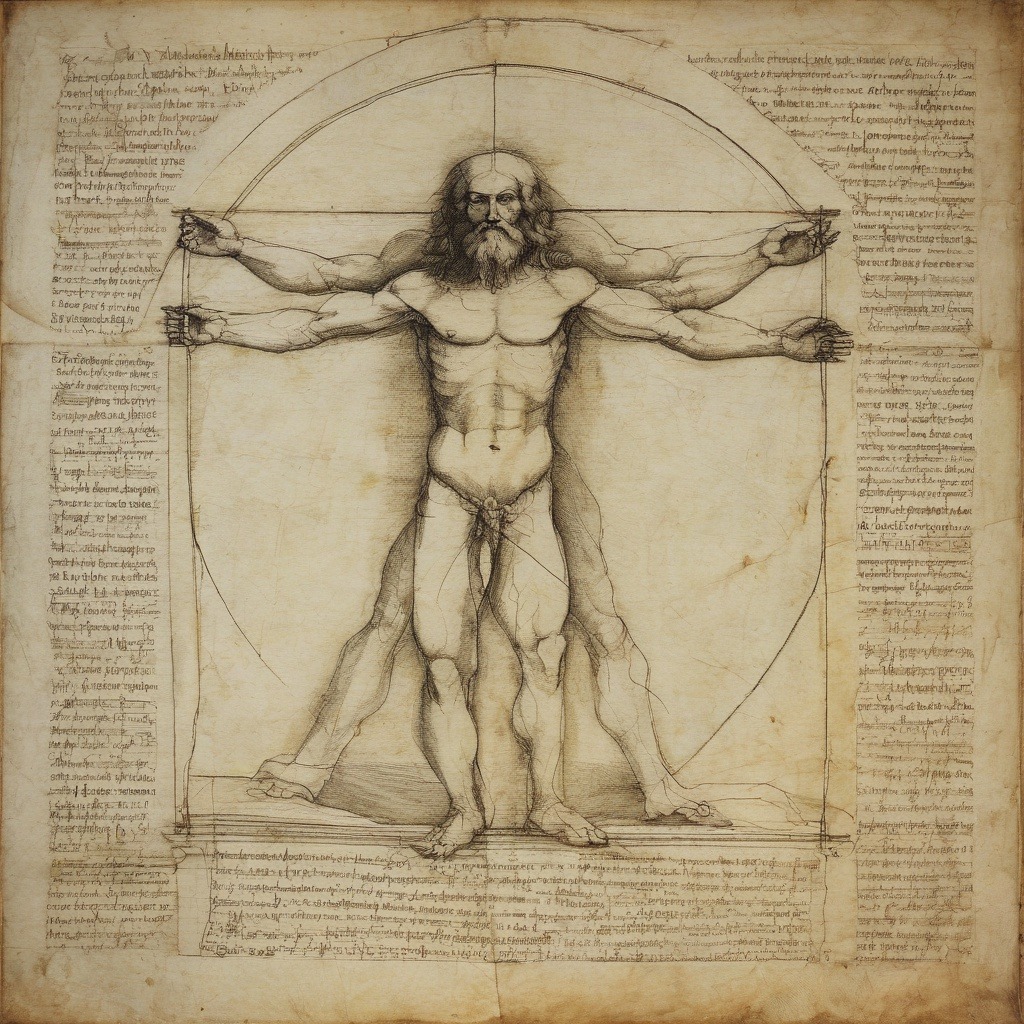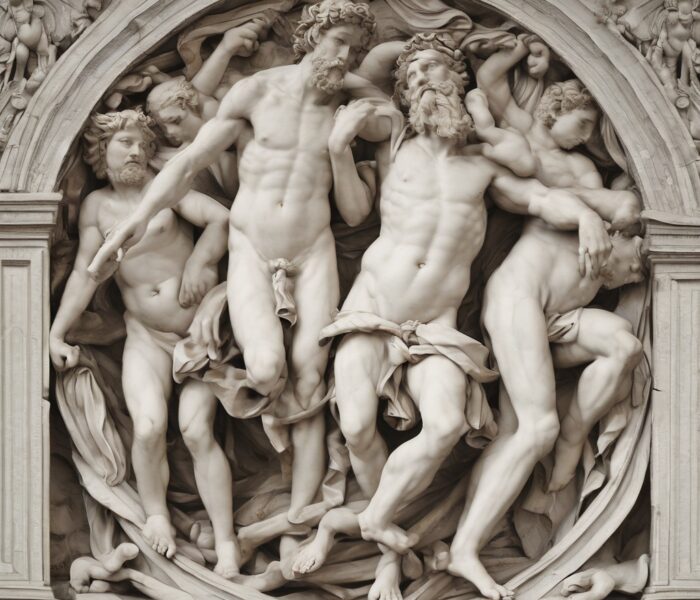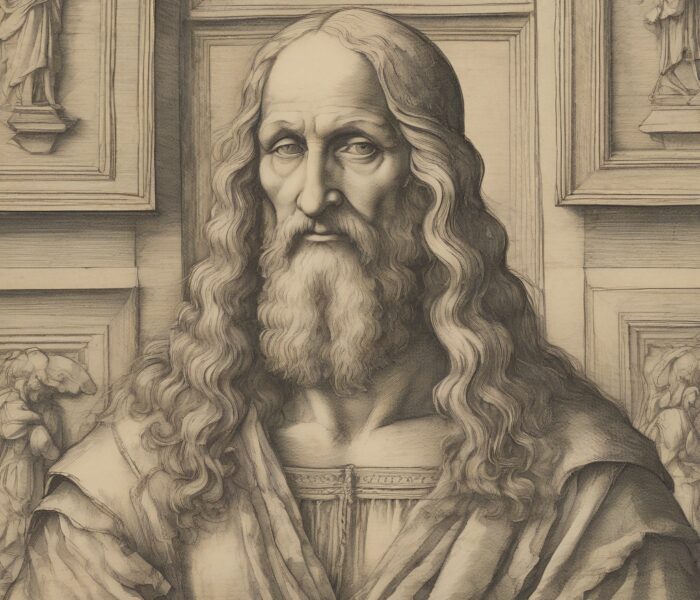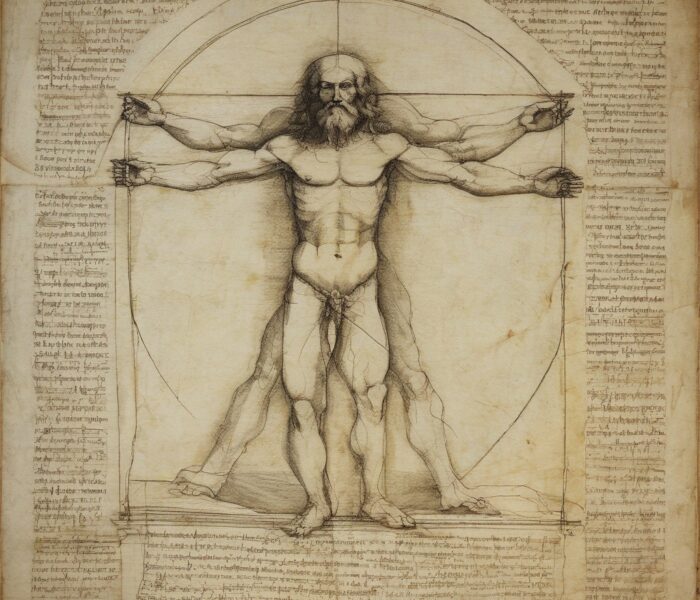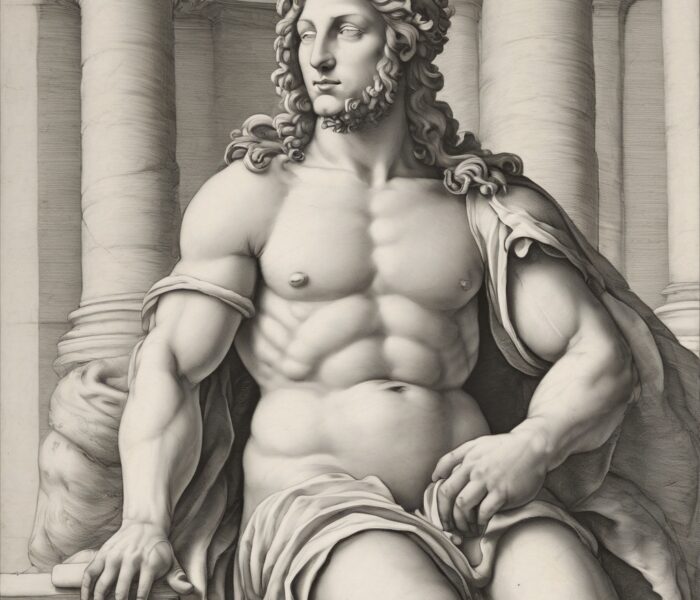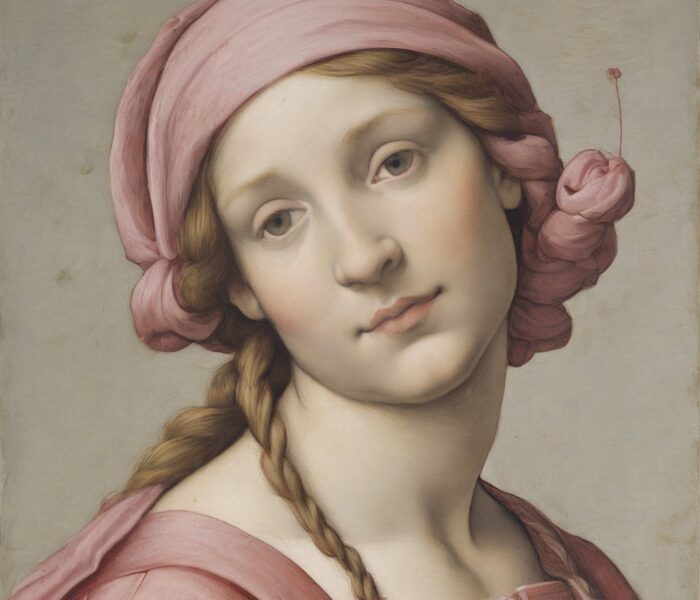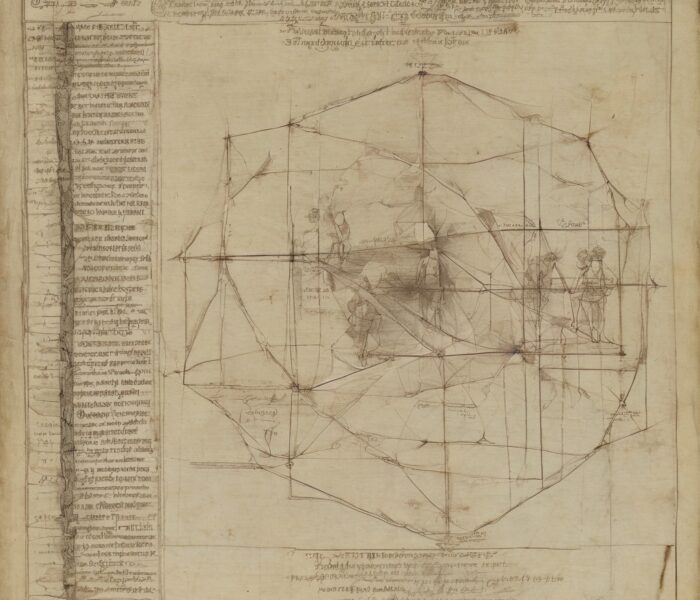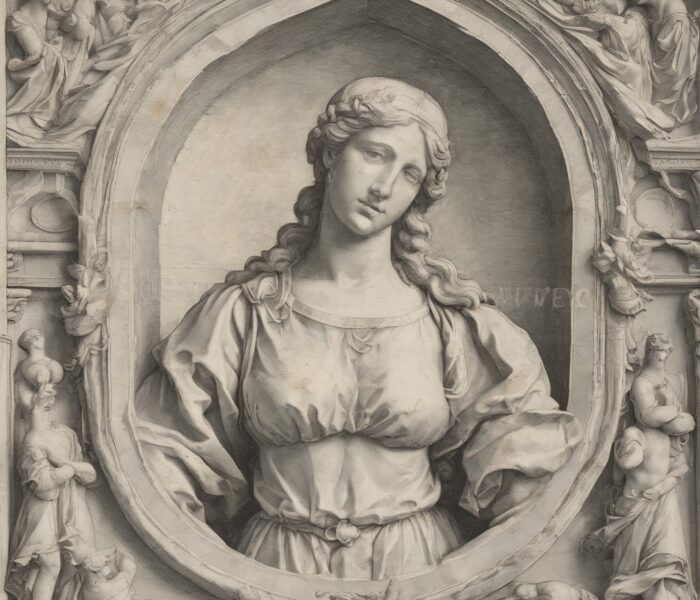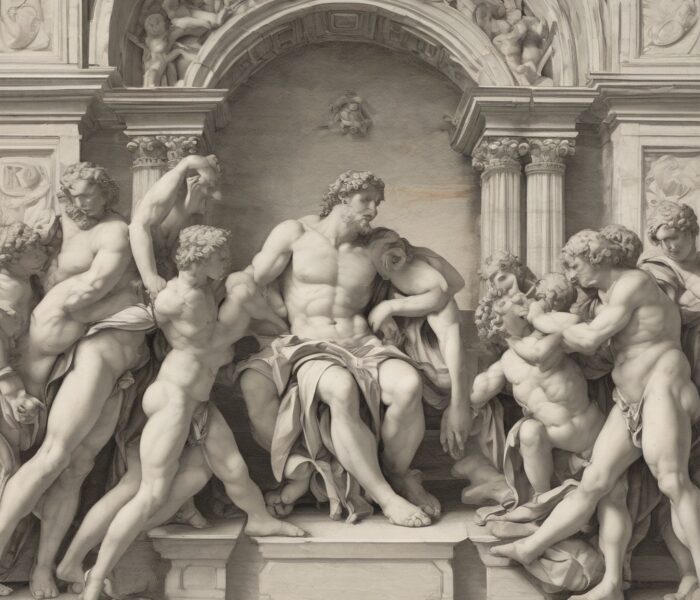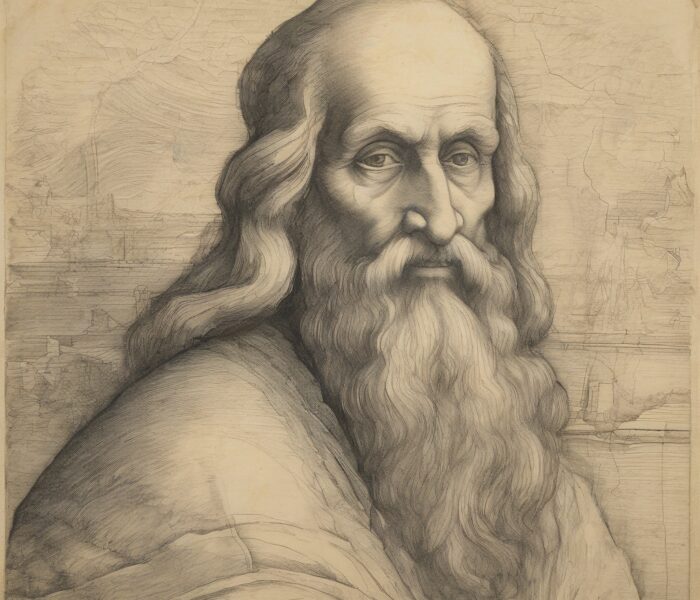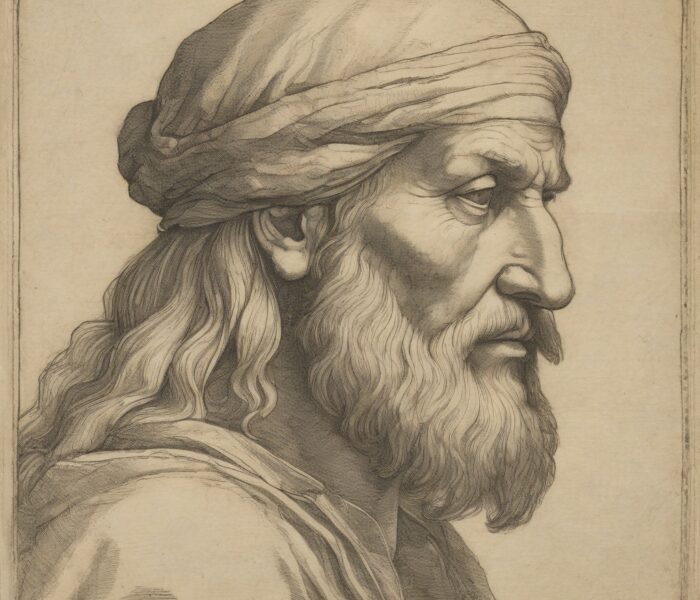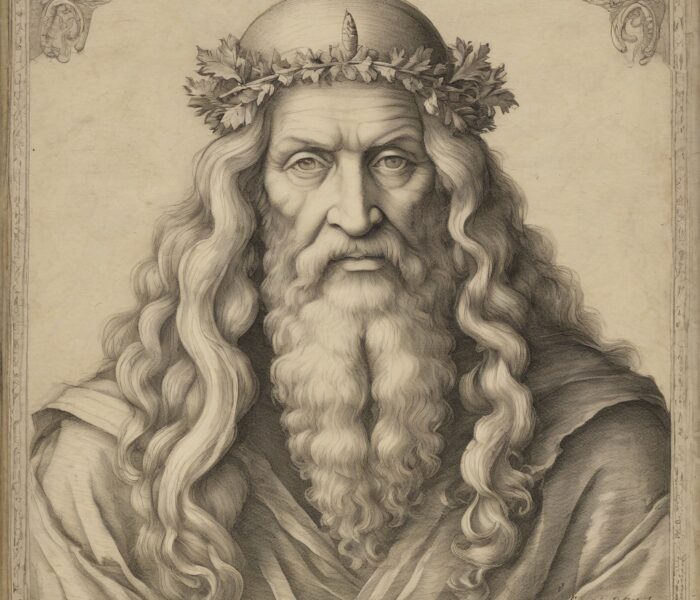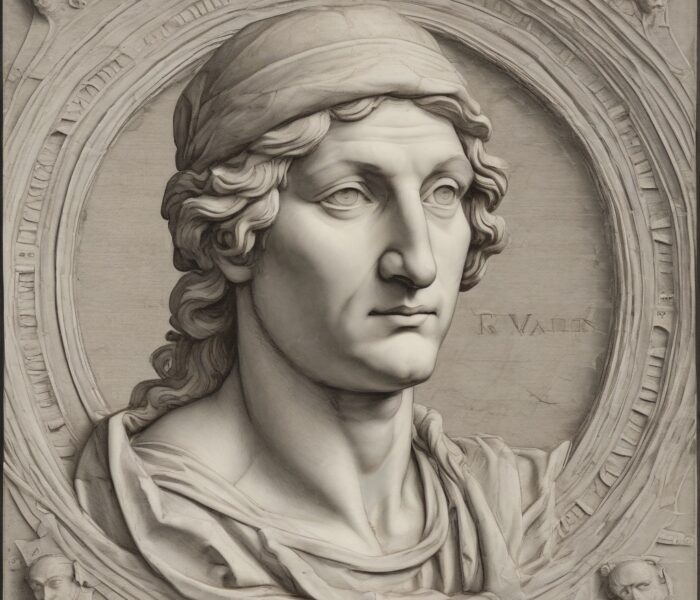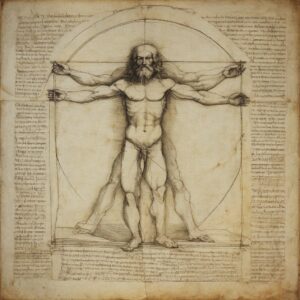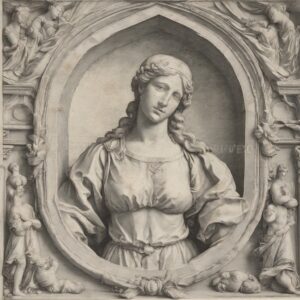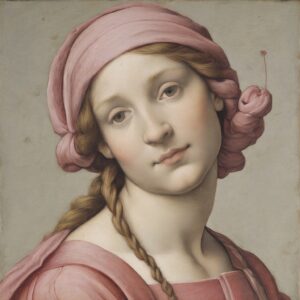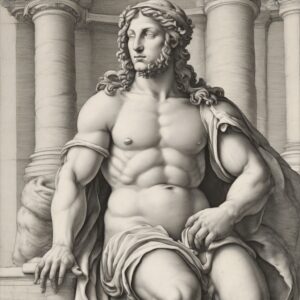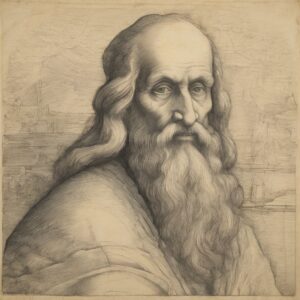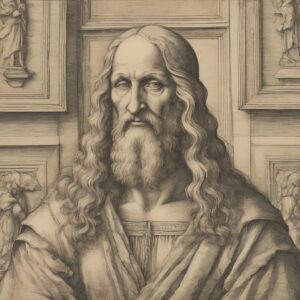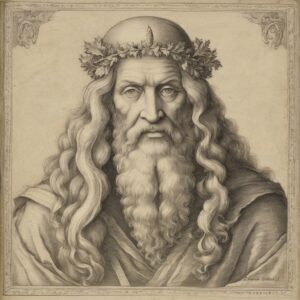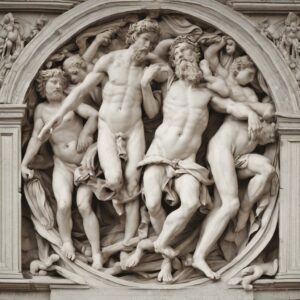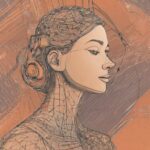
The Renaissance was a cultural movement that began in the 14th century in Florence, Italy, and in the course of the 15. and spread throughout Europe in the 16th century. This period was marked by a resurgence of interest in the arts, science, and philosophy of the ancient Greek and Roman civilizations. The Renaissance marked a turning point in European history and led to significant advances in various fields such as art, architecture, literature, science, and politics.
A key aspect of the Renaissance was an appreciation for the beauty and harmony of nature, as well as an emphasis on human potential and individuality. Renaissance artists strove to closely observe the world around them and create realistic depictions of people, landscapes, and objects. They developed new techniques of perspective, proportion, and anatomy to make their artworks more vivid and compelling.
The use of generative artificial intelligence (AI) in the context of Renaissance art offers exciting opportunities to explore the distinctive features and styles of that era and create new works that capture the timeless beauty and elegance of the Renaissance. Generative AI algorithms can be trained to mimic the stylistic elements of Renaissance art and generate artworks that reflect the aesthetics and techniques of the era.
An important aspect of Renaissance art was the mastery of perspective and sense of space. Artists such as Leonardo da Vinci and Filippo Brunelleschi developed new techniques to create the illusion of depth and space in their paintings and architectural designs. Generative AI algorithms can learn to mimic these perspective techniques and generate artworks that provide a realistic representation of space and depth.
Another characteristic feature of Renaissance art was the emphasis on anatomy and the human body. Artists such as Michelangelo and Albrecht Dürer carefully studied the anatomy of the human body to make their figures vivid and expressive. Generative AI algorithms can be trained to understand human anatomy and generate artwork that captures the beauty and complexity of the human body.
In addition, Renaissance art was characterized by a variety of styles and techniques, including realistic painting, frescoes, sculpture, and architecture. Artists experimented with different materials and techniques to realize their artistic visions. Generative AI algorithms can learn to mimic the different styles and techniques of Renaissance art and generate artworks that reflect the diversity and innovation of that era.
When generating the Renaissance art style using Artificial Intelligence (AI), there are several important aspects to consider in order to successfully capture the characteristic features and styles of that era:
- Perspective and depiction of space: A crucial feature of Renaissance art is the mastery of linear perspective and the depiction of spatial depth. Artists of the Renaissance developed techniques to depict objects and scenes in such a way as to create a realistic illusion of depth. Generative AI algorithms need to learn these perspective techniques and be able to generate artworks that provide a compelling spatial representation.
- Anatomy and figure representation: The Renaissance was marked by a new appreciation for human anatomy and the realistic representation of the human body. Artists such as Leonardo da Vinci and Michelangelo carefully studied the anatomy of the human body to make their figures vivid and expressive. Generative AI algorithms must be able to understand human anatomy and generate artwork that captures the beauty and complexity of the human body.
- Stylistic elements and composition: Renaissance art was characterized by a variety of styles and techniques, including realistic painting, frescoes, and sculpture. Artists experimented with different compositional and stylistic elements in order to realize their artistic visions. Generative AI algorithms must learn to imitate the different styles and techniques of Renaissance art and generate artworks that reflect the diversity and innovation of that era.
- Use of light and shadow: Another important feature of Renaissance art is the use of light and shadow to sculpt shapes and volumes, emphasizing the depth of objects. Artists used light and shadow to create dramatic effects and enhance the emotional impact of their works. Generative AI algorithms need to learn to understand the use of light and shadow and generate artwork that captures this technical finesse and dramatic quality.
- Historical contextualization and referencing: In order to generate authentic works in the style of the Renaissance, it is important to consider the historical context and cultural references of that era. Artificial intelligence can learn to generate works of art that conform to the spirit and standards of the Renaissance by studying Renaissance artworks and techniques, as well as by analyzing historical sources and documents.
By taking these important aspects into account, generative AI algorithms can create works of art that capture the essence and spirit of Renaissance art and open up new possibilities for creative design. Nevertheless, it is important to emphasize that the generation of art by means of AI also raises ethical questions, especially in terms of originality, authorship, and cultural appropriation. Artists using generative AI should ensure that their work meets ethical standards and maintains integrity and authenticity in the art world.
Overall, the use of generative AI in the context of Renaissance art offers an intriguing way to transcend the boundaries between man and machine and create new works that capture the timeless beauty and elegance of this influential era. By combining human inspiration and machine intelligence, new works of art can be created that transfer the heritage and cultural significance of the Renaissance into a modern and technologically advanced era.
